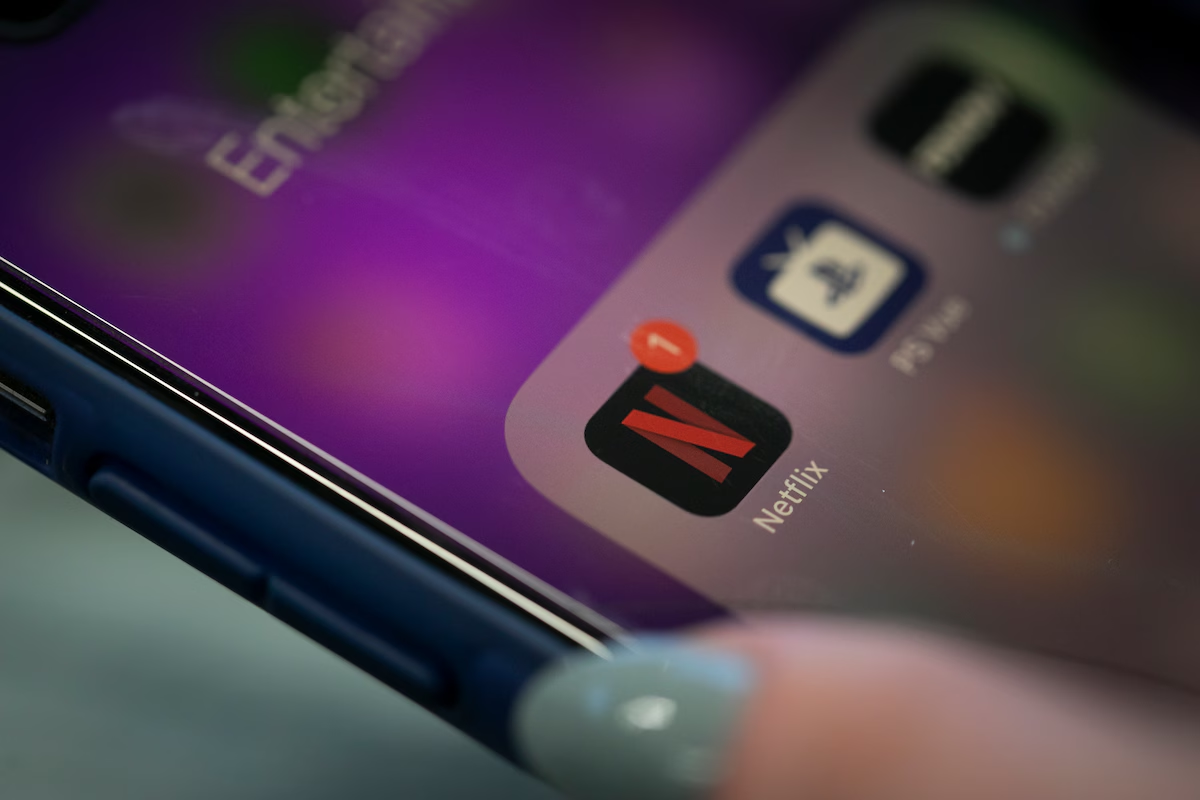The FTC's Click-to-Cancel Rule: What It Means for Your Customer Success
Look, we've all been there – trying to cancel a subscription and getting stuck in an endless maze of customer service calls, emails, and "please don't go" pages. It's frustrating for customers and, let's be honest, it's not exactly winning any goodwill for businesses either. Well, the FTC has finally had enough of these shenanigans, and they're doing something about it.
Enter the new "Click-to-Cancel" rule. In a nutshell, if your customers can sign up online, they need to be able to cancel online too. Simple as that. But there's actually quite a bit more to unpack here, and it affects way more businesses than you might think – including B2B companies. (Yeah, I was surprised by that last bit too.)

What's Actually Changing?
The FTC isn't messing around with this one. Here are the key things you need to know:
- If customers can subscribe online, they must be able to cancel online. No more "call this number between 2-4 PM on alternate Tuesdays" nonsense.
- You need to make sure customers actually understand what they're signing up for before you charge them. (Shocking, right?)
- No more tricks or misleading tactics to keep customers locked in.
- You've got to keep proof that customers knew what they were getting into – and keep it for three years.
- Break these rules, and you're looking at some pretty serious penalties.
Think about it like this: remember how awful it used to be to cancel a gym membership? You'd have to show up in person, probably during weird hours, maybe even bring a notarized letter (I wish I was kidding). The FTC is basically saying, "Yeah, that's not gonna fly anymore."
What This Really Means for Your Business
If you're running any kind of subscription service – whether it's SaaS, streaming, or even B2B software – this affects you. And let's be real: if your business model relies on making it hard for customers to leave... well, you might be in for a rough time.
Here's the thing though – this isn't necessarily bad news. In fact, I'd argue it's pushing us all in the right direction. When you can't rely on friction to keep customers around, you've got to actually, you know, make them want to stay.
Think of it like running a hotel. Nobody's going to come back just because checking out was a pain. They come back because the service was great, the experience was worth it, and they felt valued. That's where we all need to be heading.
So What Should You Actually Do About It?
First off, don't panic. But also don't drag your feet on this. Here's what I'd recommend:
- Take a hard look at your cancellation process. If it's not as simple as signing up, fix it. Like, now.
- Train your customer service team to handle cancellations better. Instead of making it difficult, train them to understand why customers want to leave and actually help solve their problems.
- Get proactive with your communication. Don't wait until customers want to cancel to show them value.
I recently heard about a SaaS company that was struggling with customer churn. Instead of making cancellation harder, they went the opposite direction – they made it super easy to cancel but also implemented 24/7 chat support and started sending personalized usage reports showing the value customers were getting. Guess what? Their retention actually improved.
The Consequences of Ignoring This
Look, I get it. Change is hard, and maybe you're thinking, "What's the worst that could happen?" Well, aside from the hefty fines the FTC can slap you with, there's the whole court of public opinion to worry about. One viral tweet about your difficult cancellation process, and suddenly you're that company.
It's kind of like ignoring health code violations in a restaurant. Sure, you might get away with it for a while, but when it catches up with you, it's not going to be pretty.
The Bottom Line
The subscription landscape is changing, whether we like it or not. The companies that are going to thrive aren't the ones that try to hold onto customers through friction – they're the ones that make their customers actually want to stay.
So yeah, this FTC rule might feel like a pain right now. But maybe it's exactly the push we needed to focus on what really matters: creating value that makes cancellation the last thing on our customers' minds.
Because at the end of the day, making it easy for customers to leave doesn't mean they will – not if you give them a good reason to stay.


 BACK TO ARTICLES
BACK TO ARTICLES 


